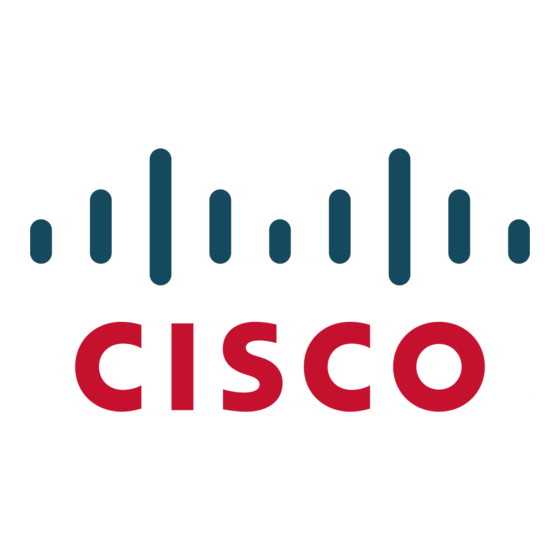Centralized Call Processing
Demand for technology to help increase employee productivity and reduce costs is at an all-time high. At the same
time, many organizations are struggling to deploy new applications and services because of unavailable capital
budgets. The centralized call-processing model can provide technology to users who require it, while
simultaneously providing ease of centralized management and maintenance of applications to network
administrators.
Instead of deploying and managing key systems or PBXs in small offices, applications are centrally located at a
corporate headquarters or data center, and accessed through the IP LAN and WAN. This deployment model allows
branch-office users to access the full enterprise suite of communications and productivity applications for the first
time, while lowering total cost of ownership (TCO). There is no need to "touch" each branch office each time a
software upgrade or new application is deployed, accelerating the speed in which organizations can adopt and
deploy new technology solutions.
The ability to quickly roll out new applications to remote users can provide a sustainable competitive advantage
versus having to visit each of many branch-office sites to take advantage of new applications. An architecture in
which a Cisco Unified Communications Manager and other Cisco IP Communications applications are located at
the central site offers the following benefits:
●
Centralized configuration and management
●
Access at every site to all Cisco Unified Communications Manager features, next-generation contact
centers, unified messaging services, personal productivity tools, mobility solutions, and software-based
phones all the time
●
IT staff not required at each remote site
●
Ability to rapidly deploy applications to remote users
●
Easy upgrades and maintenance
●
Lower TCO
Survivable Remote Site Telephony
As enterprises extend their IP telephony deployments from central sites to remote offices, an important
consideration is the ability to cost-effectively provide failover capability at remote branch offices. However, the size
and number of these small-office sites preclude most enterprises from deploying dedicated call-processing servers,
unified messaging servers, or multiple WAN links to each site to achieve the required high availability.
Cisco Unified Communications Manager with Survivable Remote Site Telephony (SRST) allows companies to
extend high-availability IP telephony to their remote branch offices with a cost-effective solution that is easy to
deploy, administer, and maintain. The SRST capability is embedded in the Cisco IOS
Cisco 1861 and Cisco 2800, 3800, 2900, 3900, and 3900E Series unified communications routers.
SRST software automatically detects a connectivity failure between Cisco Unified Communications Manager and
IP phones at the branch office. Using the Cisco Simple Network Automated Provisioning capability, SRST initiates
a process to automatically configure the unified communications routers to provide call-processing backup
redundancy for the IP phones and PSTN access in the affected office. The router provides essential call-
processing services for the duration of the failure, helping ensure that critical phone capabilities are operational.
© 2013 Cisco and/or its affiliates. All rights reserved. This document is Cisco Public Information.
®
Software that runs on the
Page 3 of 20

